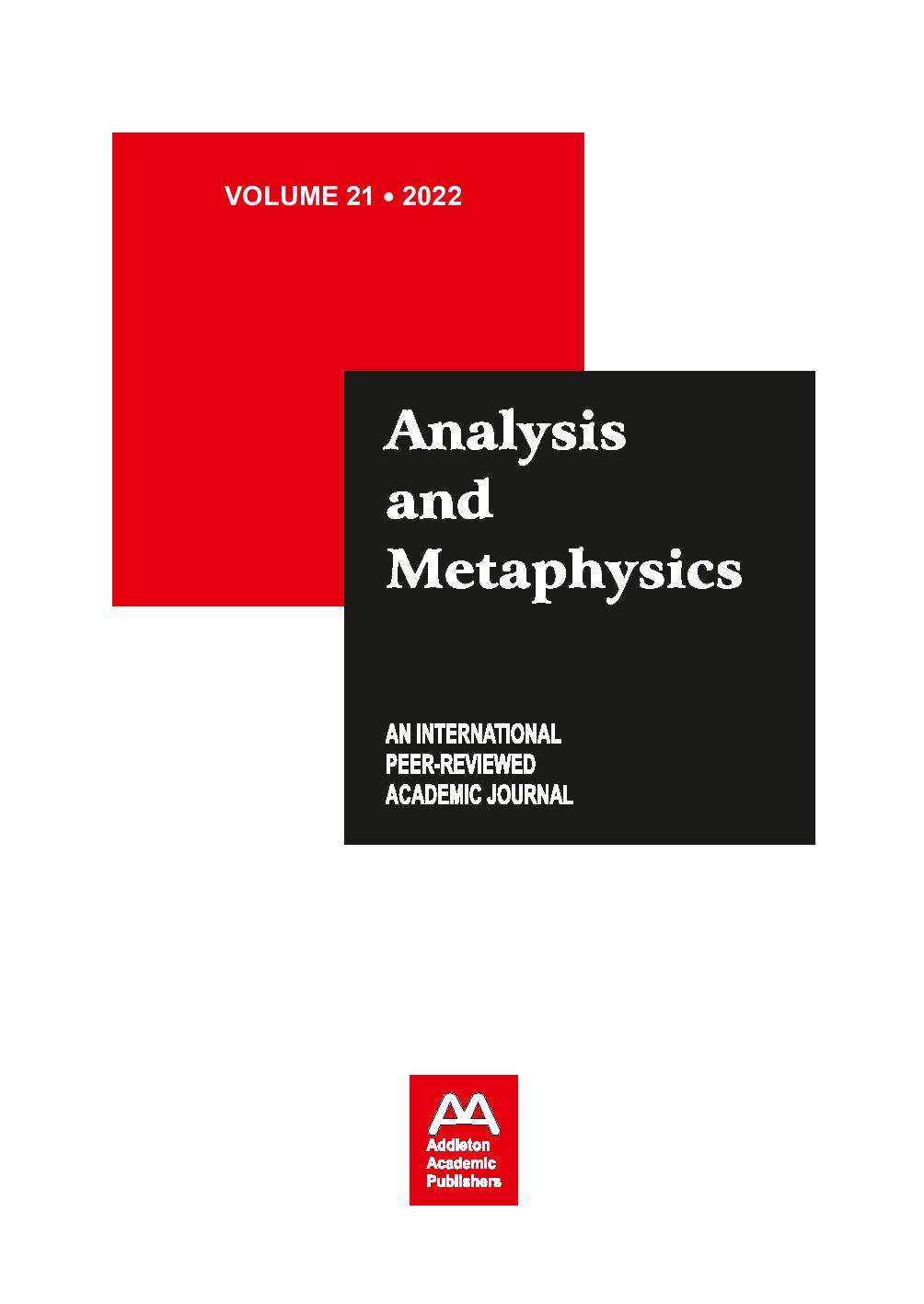Geospatial Mapping and Remote Sensing Technologies, Spatial Cognition and Visual Perception Algorithms, and Virtual Navigation and Ambient Scene Detection Tools across the Blockchain-based Metaverse
Geospatial Mapping and Remote Sensing Technologies, Spatial Cognition and Visual Perception Algorithms, and Virtual Navigation and Ambient Scene Detection Tools across the Blockchain-based Metaverse
Author(s): Kimberly HancockSubject(s): Management and complex organizations
Published by: Addleton Academic Publishers
Keywords: geospatial mapping; remote sensing; spatial cognition; visual perception; virtual navigation; metaverse
Summary/Abstract: This article reviews and advances existing literature concerning movement and behavior tracking tools and consumer retail data assisting frictionless virtual shopping experiences. In this research, previous findings were cumulated showing that immersive virtual experiences develop on customer behavior and retail business analytics in the metaverse economy, and I contribute to the literature by indicating that virtual retail experiences necessitate cognitive decision-making and spatial mapping algorithms, data mining and computer vision tools, and metaverse technologies across interconnected digital realms. Throughout July 2022, a quantitative literature review of the Web of Science, Scopus, and ProQuest databases was performed, with search terms including “metaverse” + “geospatial mapping and remote sensing technologies,” “spatial cognition and visual perception algorithms,” and “virtual navigation and ambient scene detection tools.” As research published between 2021 and 2022 was inspected, only 157 articles satisfied the eligibility criteria. By taking out controversial or ambiguous findings (insufficient/irrelevant data), outcomes unsubstantiated by replication, too general material, or studies with nearly identical titles, I selected 33 mainly empirical sources. Data visualization tools: Dimensions (bibliometric mapping) and VOSviewer (layout algorithms). Reporting quality assessment tool: PRISMA. Methodological quality assessment tools include: AXIS, MMAT, ROBIS, and SRDR.
Journal: Analysis and Metaphysics
- Issue Year: 2022
- Issue No: 21
- Page Range: 227-243
- Page Count: 17
- Language: English
- Content File-PDF

